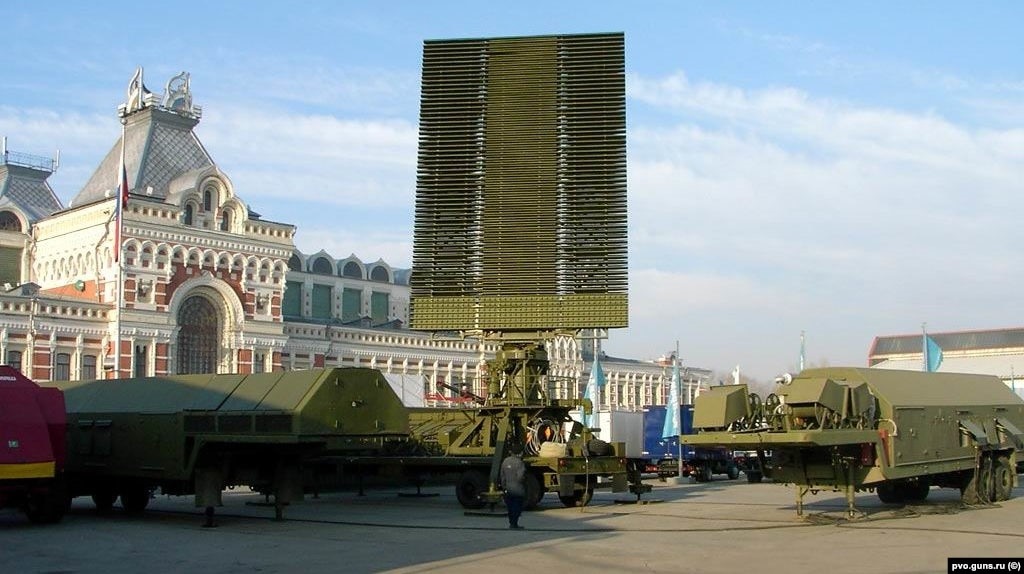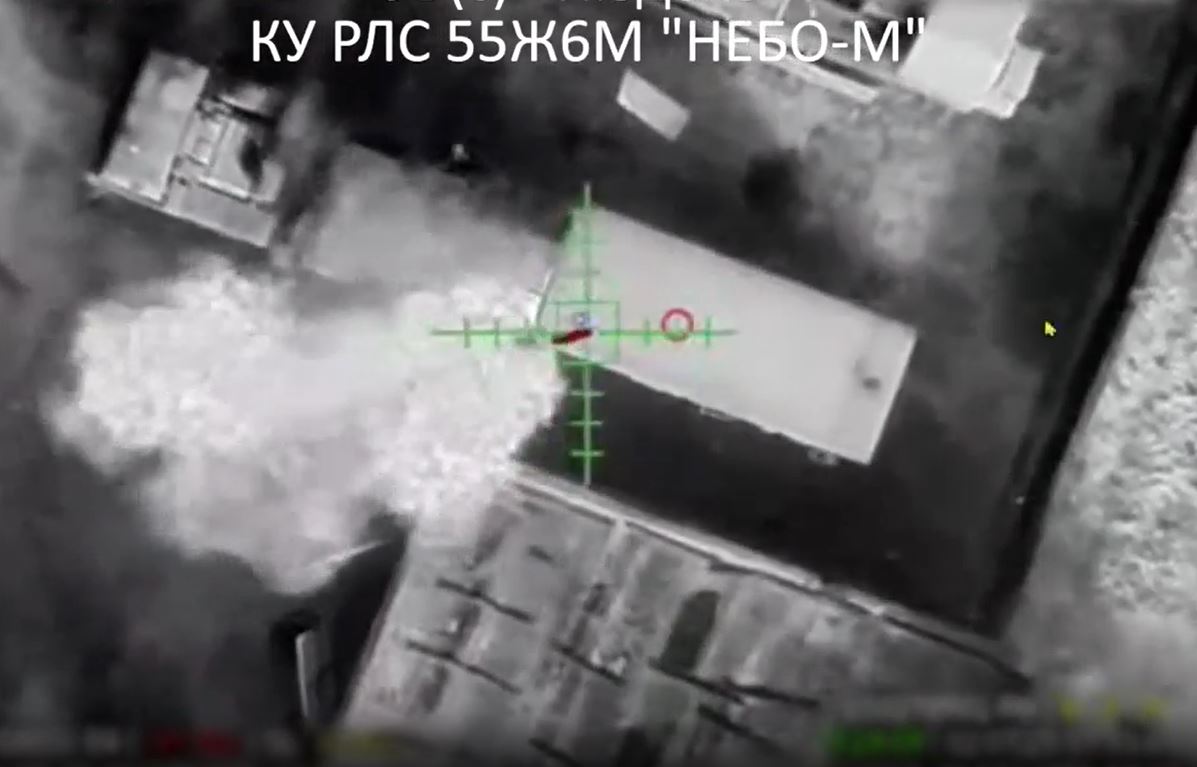Massive radar gap in Crimea creates Ukrainian drone corridor, expert says

Ukrainian forces have created a corridor for drones and missiles into Crimea by recently disabling key Russian radar systems near Cape Tarhankut, a military expert says. The destruction of the Nebo-M system has left the western part of the Russian-occupied peninsula uncovered, opening a clear path for future strikes.
Ukrainian drone corridor to Crimea now active
A recent Ukrainian drone attack destroyed valuable Russian radars and a command center for the advanced Nebo-M system.
As reported by RFE/RL’s Krym.Realii project, a former Ukrainian officer from Crimea stated that recent radar strikes created not just a gap but a fully functional route into the peninsula. The expert emphasized that the radar modules destroyed were part of Russia’s Nebo-M complex—systems capable of detecting aerial and ballistic targets at long distances.
These stations once covered areas “from Cape Tarhankut to Kyiv and Kharkiv in the north, Kamianets-Podilskyi in the northwest is about 590 km, to Sievierodonetsk in the northeast — 600 km.” With them now neutralized, the expert confirmed that a large swath of airspace has been left unprotected.
“A real corridor now exists for Ukrainian drones and missiles,” he said.

Sea-launched drones hit precise targets
Video of the attack analyzed by Krym.Realii shows a hexacopter drone taking off from an unmanned surface vessel close to the shore of Cape Tarhankut. While its exact type remains unidentified, the drone closely resembles Ukraine’s Baba Yaga strike drones—a term used by Russian forces for the Vampire model developed by SkyFall.

First-of-its-kind strike: Ukraine destroys prized Nebo-M radar system in Crimea using sea-launched bomb drones (video)
These drones, commonly used for nighttime missions, carry thermal imagers and payloads up to 15 kg. Their loadout includes mortar rounds, anti-personnel grenades, and thermite devices.

He also noted that the drones were controlled on frequencies between 700 and 900 MHz—outside the range of local Russian jamming systems operating at 1200 to 1600 MHz. This allowed them to bypass electronic warfare defenses in the area.
Ukraine’s evolving naval drone tactics
This and other recent drone operations in Crimea also highlighted a shift in Ukraine’s drone warfare tactics. Previously, Ukraine showcased Magura sea drones—specifically the V5 strike model, the W6P multifunctional platform, and the V7 drone armed with either missiles or machine guns.
In a military documentary, two new drone boat variants appeared. One vessel carried four launch-ready FPV drone containers and used a traditional propeller engine instead of waterjets. These unmanned boats likely transported the hexacopter drones used in the attack on Tarhankut.
Why Ukraine must bet it all on Putin’s greatest weakness—Crimea
Western Crimea left exposed
With radar systems in both Saky and Tarhankut eliminated, experts now consider the Ukrainian drone corridor to Crimea active. The expert noted that the absence of coverage from the west and northwest leaves the peninsula vulnerable to repeated precision strikes.
“The radar strike opened a window of opportunity,” he said. “From the sea or the air, that entire sector is now blind.”
Read also
-
“Dronocide” hits hard: 42 Russian drone positions destroyed in Zaporizhzhia (video)
-
FPV-style upgrade gives Ukrainian long-range UJ-26 Beaver drone real-time visuals
-
Liutyi drones strike deep into Russia, hitting Izhevsk military plant about 1,400 km away (video)
-
Ukrainian drones just lit up Russian-occupied Crimea, Donetsk, and Luhansk — here’s how (video)